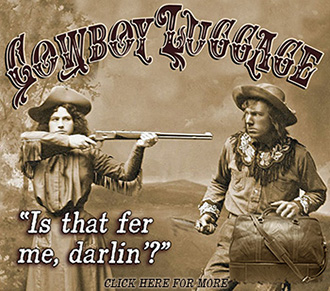Trailing Louis L’Amour in Southeast Arizona

John Slaughter
Trailing Louis L’Amour in Southeast Arizona – Louis L’Amour chose to give his last look at Southeast Arizona in The Burning Hills. It is a romance and adventure novel that acknowledges the Arizona pioneer ranches. The novel occurs after 1891. That was the year John Slaughter moved permanently to the San Bernardino Ranch. The old Arizona was beginning to close, but the frontier still survived. The novel begins in the New Mexico boot heel, travels through northern Mexico’s Embudo Canyon and concludes at and near the vicinity of Slaughter’s San Bernardino ranch.
John Slaughter came to Arizona in 1877 but did not establish his headquarters on the San Bernardino until 1891. Slaughter had led a life of adventure as a Confederate soldier, Texas Ranger, and pioneer rancher before coming to Arizona. His first wife died while coming west to meet him in New Mexico. Slaughter married Cora Viola Howell, the daughter of a southeast New Mexico rancher. It was a life-long love affair. In later life as a Cochise County Sheriff, Slaughter cleaned up Southeast Arizona. He may be numbered with Milton, Mossman and Tilghman as the last of the great, old, frontier lawmen.
L’Amour had told of the Apache reservation emeute of 1882 in Shalako. The story occurs in the New Mexico boot heel just east of the Mesa.
The Spanish-American War of 1898 took many Cochise County men into the Rough Riders. The Mexican Revolution had the people of Douglas hunting cover. Poncho Villa raided Columbus to the east in the New Mexico boot heel in 1916. The Mesa again was manned by troops. The stone corrals are still there, probably built up again from the Apache wars and Mexican and Spanish redoubts. The U. S. Army Signal Corps’ new aviation section would fly their first combat missions from the nearby New Mexico Boot heel. Their underpowered Curtis JN-3 Jennies demonstrated that the U. S. needed better warplanes. These underpowered scout planes probably looked down on or dropped dispatches to the Mesa outpost.





